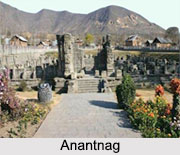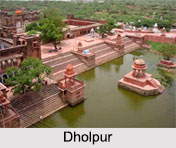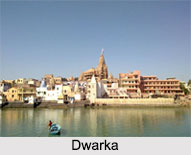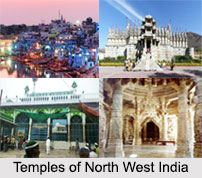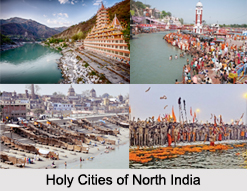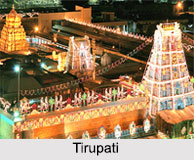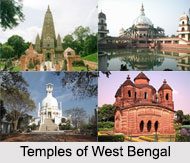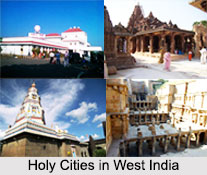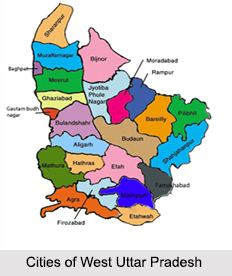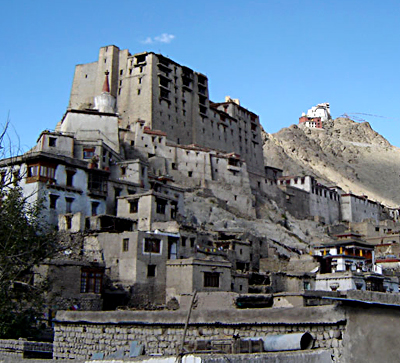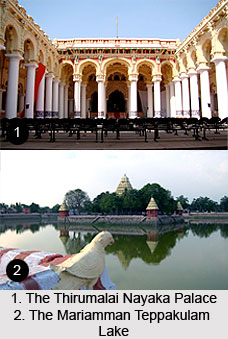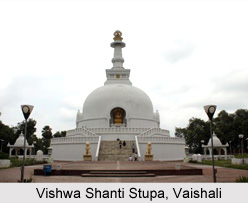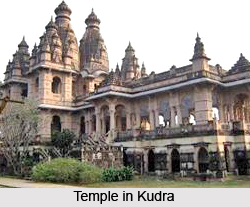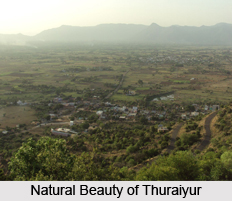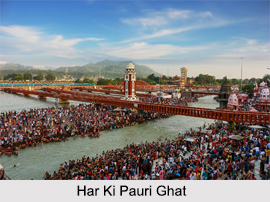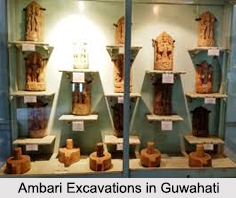 There have been mentions of the city of Guwahati in the sacred Hindu epics and religious texts like the Puranas. Over time, historians have assumed that Guwahati is one of the ancient cities of Asia. Considered to be the "gateway of the north east", the tales surrounding the city harks back to almost thousand years.
There have been mentions of the city of Guwahati in the sacred Hindu epics and religious texts like the Puranas. Over time, historians have assumed that Guwahati is one of the ancient cities of Asia. Considered to be the "gateway of the north east", the tales surrounding the city harks back to almost thousand years.
Ancient History of Guwahati
Rock inscriptions found in the Nilachal Hills dating back to the 5th century AD, makes Guwahati one of the earliest found in the north east India. As per the Hindu epic, Mahabharata, Guwahati was once the capital city of the demon kings, Narakasura and Bhagadatta of the Pragjyotisha Empire. History states that the city was once called "Pragjyotishapura", which means the "Light of the East".
The Ambari excavations revealed that between the 2nd century BC and the 1st century AD, the city of Guwahati belonged to the Hindu kingdoms of Shunga and Kushana empires. Other information discovered from these excavations was that Guwahati was once of economic and strategic importance until the 9th to 11th century AD. The history of Guwahati also mentions that earlier to these, the city was the capital of Assam under the Kamarupa kingdom and under the reign of king Bhaskaravarman in the 7th century AD, Guwahati stretched for about 15 km.
Medieval History of Guwahati
In the medieval period, the city of Guwahati changed hands with the Kamata kingdom before the rise of the Ahom dynasty. Under the Ahom, the place lost its significance as a commercial trading post and mainly became a military hub. Guwahati became the seat of Borphukan, who were the Ahom kings appointed civil military authority of the Lower Assam region. With the rise of the Ahom kingdom, there were several combats with the Mughal rulers over the land of Guwahati.
Modern History of Guwahati
By the beginning of the 16th century, the Indian subcontinent was mostly dominated by the Mughal Empire but there were few regions, which they were unable to control, Guwahati was one of these lands. The Mughals invaded Assam 17 times but were defeated by the formidable Ahom army in the Battle of Itakhuli and the Battle of Saraighat under the capable guidance of the commander general Bir Lachit Borphukan.
From the years 1817 to 1826, the city came under Burmese rule and thus following the First Anglo- Burmese War. Eventually, the city of Guwahati became a part of the British Empire. It played an active role during the independence struggle of India and was the birthplace of activists such as Tarun Ram Phukan.
Currently, over a century later, Guwahati spreads over an area of 328 sq. km and is now one of the fastest growing cities with a population of over 1 million.
